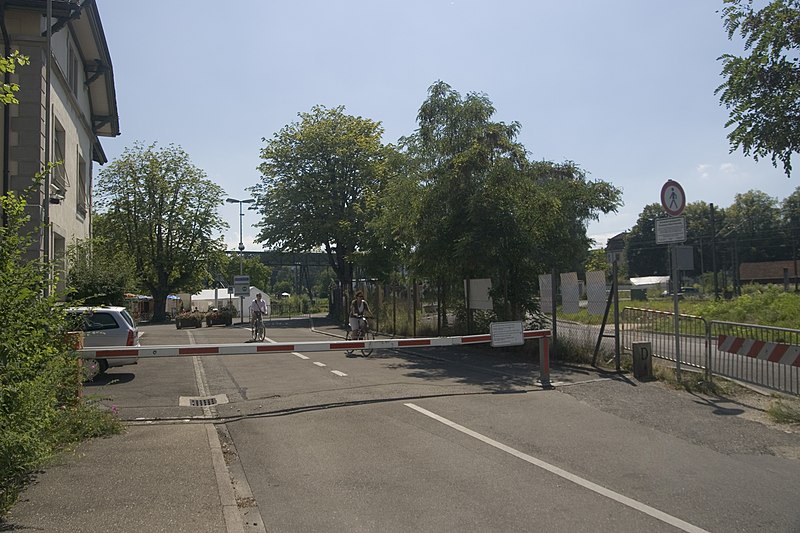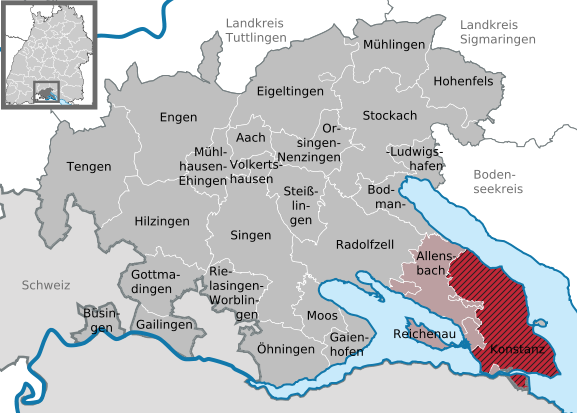During WWII, for cities affected by the conflict, death came from above in the form of air-raids. The city of Konstanz in Germany was able to survive these bombings, barely scathed by fooling the Allied bombers. They didn’t do some sort of complicated form of trickery but instead simply kept their lights on— a simple, clever, and effective way that history proved to be true.
Air Raids During WWII
Bombing raids that were usually done at night were one of the strategies to cripple enemy forces during the second world war. Commonly targeted areas were civilian communities, government buildings, and important infrastructures, as well as markets, factories and warehouses, railways, and docks— anywhere that would hurt and disrupt the adversaries’ functions and activities and crush their morale. As for Berlin, for instance, they witnessed a total of 312 bombings which left one-third of its city crumbling to ashes. While the actual numbers were hard to determine, estimates of German civilians killed by the Allied strategic bombing ranged from approximately 350,000 to as much as 500,000.
The City of Konstanz
The civilizations in Konstanz can be traced back to the far Stone Age era. The Romans first settled there in 40 AD and named the place Constantia, either for Emperor Constantius Chlorus or his grandson Constantius II. Today, the town is a charming warren of cobblestone streets and stone buildings that were mostly preserved due to the clever stunt (more of it later.)

It’s important to understand the city’s location, to understand how it was able to pull the trick successfully. It is located at the western end of Lake Constance in the south of Germany, right on the Germany-Switzerland border that runs along the southwestern and southern edge of the city. The border runs technically through the middle of the town. As Slate wrote in an article:
The border between the twinned cities of Konstanz in Germany and Kreuzlingen in Switzerland was established during the outbreak of World War I, but aside from the war years, the border has historically been a formality rather than a real barrier for citizens of Germany and Switzerland.

You See Me But You Don’t
When the British started flying over Germany and their Axis partners at night to look for the cities that they would raid(The U.S. Army Air Corps refused to bomb at night for accuracy reasons), Konstanz was perhaps about to turn their lights off like the rest of their country to hopefully not allow the American pilots to see their supposed target in the middle of the darkness below. However, when they saw their neighbor town, Kruezlingen, Switzerland, which was at that time a neutral territory and was being spared by the Allied raidings, they thought of keeping their lights on too, to pretend that they were also a part of the town. From above, it would be hard to distinguish the actual borderline between the two places, and so they did. The plan worked, and not only were lives spared but so were the historical buildings. Slate further wrote:
From the Rhine to a few hundred feet before the border, quaint and cobblestoned Konstanz is exactly the Europe of tourists’ imagination. If you stick to the narrow pedestrian streets that wind outward from the square surrounding Konstanz’s cathedral, which was built in phases beginning in the 7th century (and unlike its counterparts in Munich and Dresden, was spared Allied bombs in World War II.)
In fact, it is home to prehistoric stilt house settlements that are part of the Prehistoric Pile dwelling around the Alps UNESCO World Heritage Site. Today, the university city is home to approximately 83,000 people and a tourist attraction definitely worth visiting.










COMMENTS
You must become a subscriber or login to view or post comments on this article.